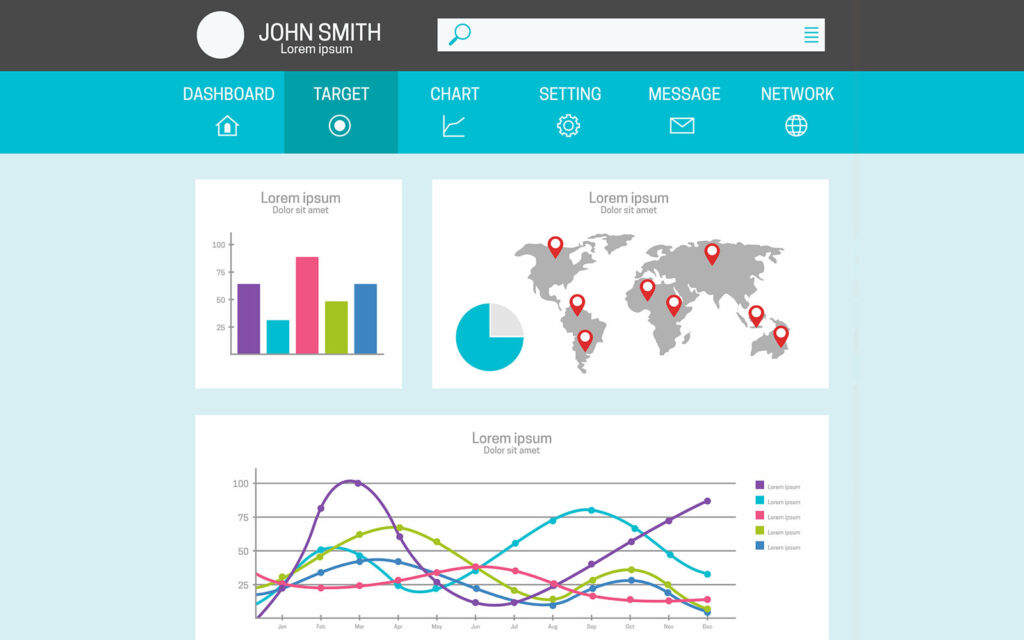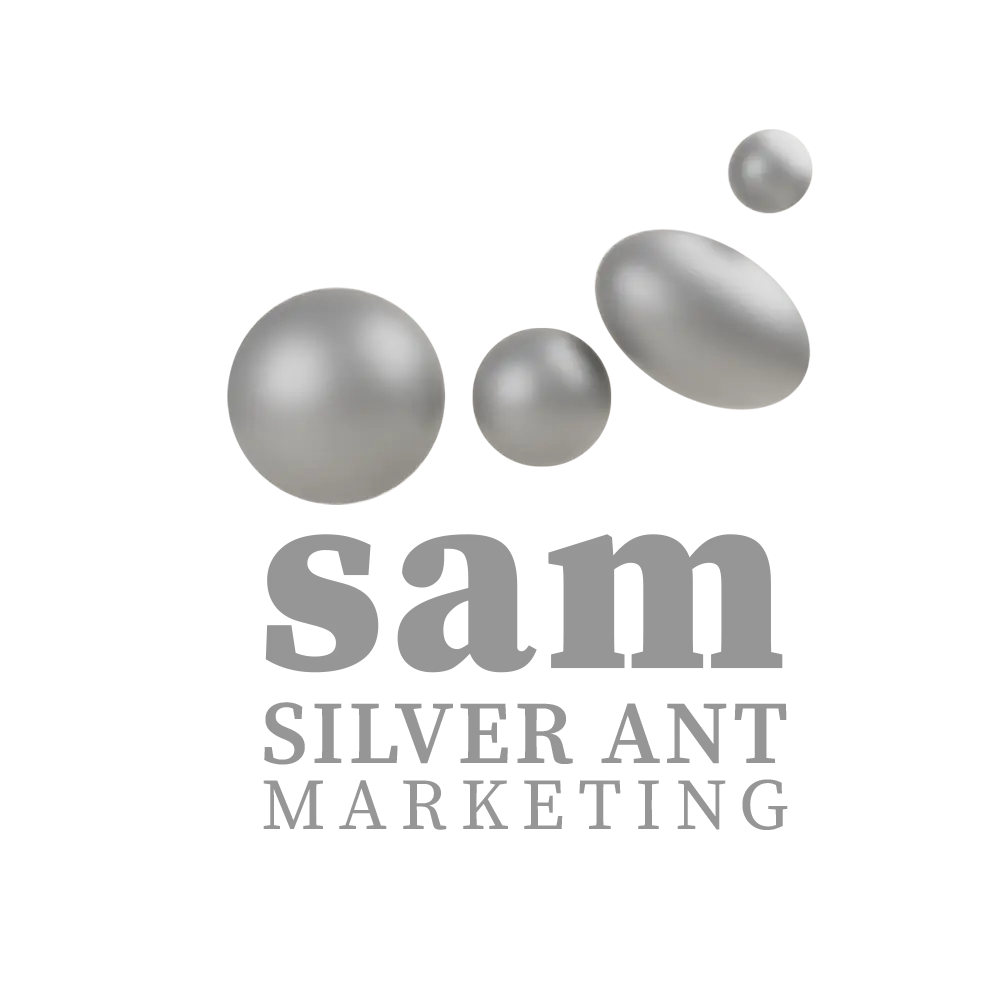Google aims to respond to search requests with accurate data quickly. It is an element of Google’s mission statement.
Every Google algorithm change is designed to assist Google in fulfilling its mission statement.
So, what is the Google Knowledge Graph? It is Google’s connecting information, people, and locations to provide more precise and pertinent search results.
What is Google Knowledge Graph (exactly)?
Google Knowledge Graph is a repository of information gathered from numerous sources and their relationships to improve search results. This notion was presented in 2012 as a means of giving more pertinent, accurate, and valuable information depending on what users search for on the Web using search engines. The knowledge graph displays the data to users in various ways, notably through an infobox or knowledge panel often positioned next to the results.
The Google Knowledge panel provides rich data on a specific topic or entity. When a user enters the name of a renowned musician, the knowledge panel displays information such as the singer’s complete name, photos, song list, forthcoming events, partners, and so on. This is made feasible by the knowledge graph, which constructs a database by leveraging the entity’s data to build meaningful relationships.

Knowledge graph Google substantially enhances the user experience since it provides a wide range of data on an idea, removing the need to continuously look for a single topic. This decreases the number of clicks and the time necessary to seek relevant material.
Links between multiple elements are formed to create the knowledge base. Entities in this context relate to identifiable notions or objects such as colour, people, place, sensation, and organization. Machine learning and other techniques are used in knowledge graphs to present searchers with the most valuable and pertinent data.
What impact does Google’s Knowledge Graph have on search and SEO?
In general, the Knowledge Graph is beneficial to both users and SEOs. Users benefit from better search results, while SEOs benefit from increased traffic to meritorious content.
But it’s not all sunshine and rainbows. There are several drawbacks. The Knowledge Graph affects search in four ways.
Google has a better grasp of search intent
Links can be used to determine the quality of a page rather than how closely it relates to the search query. That’s acceptable as long as the search queries are written in the same language as the content. Google can employ quality signals such as links to return the best information from its index. People, however, only sometimes seek in this manner. They explain elements in many ways.
Google can better support voice searches
With Google Assistant now integrated into billion devices, with approximately 70% of queries conveyed through natural language, understanding voice questions is more crucial than ever for Google.
What role does the Knowledge Graph play in this? It enables Google to identify entities and properties in natural language searches. Consider how you write search searches vs. how you speak for a moment.
Increased brand exposure and authority
Google shows knowledge Graph data in SERP elements such as Knowledge Panels and Knowledge Cards. If you can get your business into the Knowledge Graph, you’ll gain additional SERP real estate, exposure, authority and trust among searchers. Your logo may also appear in the SERP for generic product inquiries.
How to Obtain Inclusion in Google’s Knowledge Graph
It should be evident now that the benefits of being in the Knowledge Graph exceed the drawbacks, but how do you get in?
While there is no universal approach, you may still do some things to improve your chances.
Improve your outreach and link-building efforts
Let’s start with the most challenging element. If your organization is mentioned online, getting listed as an entity in Google’s Knowledge Graph is significantly more straightforward.
Mentions in newspapers—Forbes, TechCrunch, and so on—tell Google you may be a prominent organization. However, many small businesses will find this extremely challenging, so don’t quit. Despite this, it is feasible to be included.
Make use of the Knowledge Graph schema on your website
Schema.org is the authoritative structured data markup. That is a distinct issue. However, a few points described below may assist your company in getting into Google’s Knowledge Graph.
- Make use of organization markup.
- Use at least the title, logo, URL, and sameAs attributes.
- Incorporate all of your social profiles, as well as any Wikidata or Wikipedia sites.
- Verify the markup.
Register for Google My Business
If you run a physical establishment, you must have a GMB profile. It improves your brand exposure and authority in Google Maps and searches by providing a customized local listing that mimics the Knowledge Panel. Signing up for Google My Business, on the other hand, does not ensure a presence in the Knowledge Graph. On the other hand, adding organized information to your GMB listing may increase the likelihood of being mentioned in the Knowledge Graph.
Create a page on wikidata.org
Wikidata is a database that maintains structured information for Wikipedia and other Wikimedia sites. If you don’t currently have a Wikimedia account, It urges you to begin with Wikidata entry creation. Wikidata provides a large portion of Google’s Knowledge Graph data; therefore, having a page is far more crucial than owning a profile on Wikipedia.
However, unlike Wikipedia, adding an item to Wikidata is simple and uncomplicated. What is difficult is adhering to all of the restrictions, particularly the Notability policy.
Conclusion
The Google Knowledge graph is an excellent tool for quickly locating data gathered from search engine results. While this function began as a source for fact-checking, it has expanded into the go-to site to learn more about a subject, with an ever-growing library of material available.
When implementing the Google search knowledge graph into your search engine optimization (SEO) plan, ensure your Google Business Profile has all the data visitors may want. Try updating your profile at least once a month, even if it’s simply to add some fresh photos.
A Google knowledge graph may assist you to stand out in search results, but it is not a replacement for high-quality content.





